|
Many of my students find it difficult to listen and/or watch Spanish and identify facts and message. As students have been reflecting on their criteria A assessments, I have asked them to set a personal goal to identify a strategy or strategies that they will use independently outside of class to help them improve their listening skills. Here is the document I created to provide them with some ideas and techniques. I would love some feedback from other teachers, all suggestions welcome!
0 Comments
LAITS provide excellent videos made by native speakers that can be used as practise for criteria A. I love that the videos have been differentiated with simplified examples along with native speaker examples. Along with the videos there are related vocabulary, phrases and grammar concepts to support student learning. There is also this amazing shared resource available in Flipgrid which has been shared by Laura Sexton in her blog about PBL (Project Based Learning). These videos feature Spanish language teachers speaking user-friendly language and structures that are appropriate for Spanish Novice proficiency level. Follow her on Twitter!
On my MYP category 3 course that I did this weekend, the course leader provided us with this excellent website of resources for visual thinking activities in the classroom. I decided to use the "I see, I think, I wonder" activity with my Spanish Phase 1-2 students who are currently studying train travel as part of a unit focusing on communicating with others around the community. My students often struggle to recognise the conventions of an spoken and visual text, and it's true that this is something quite new to the students this year. I decided to show the students a TV advertisement for RENFE, the Spanish railway system. I explained the "I see, I think, I wonder" activity by modelling the activity provided to use on the course. We looked at the picture below and discussed what we could see, what assumptions we could draw from what we could see, and any questions that it prompted us to ask about the photo.
We watched the RENFE advertisement without sound and the students completed the activity using post-it notes under the titles...
|
Juliet OrchardI have been teaching French and Spanish for 13 years. I qualified and started teaching in the UK, and I currently work at Shanghai Community International School, China. I have experience teaching GCSEs and IB DP and MYP. Find out more about me within these blog pages or below at Linked In. ArchivesCategories |
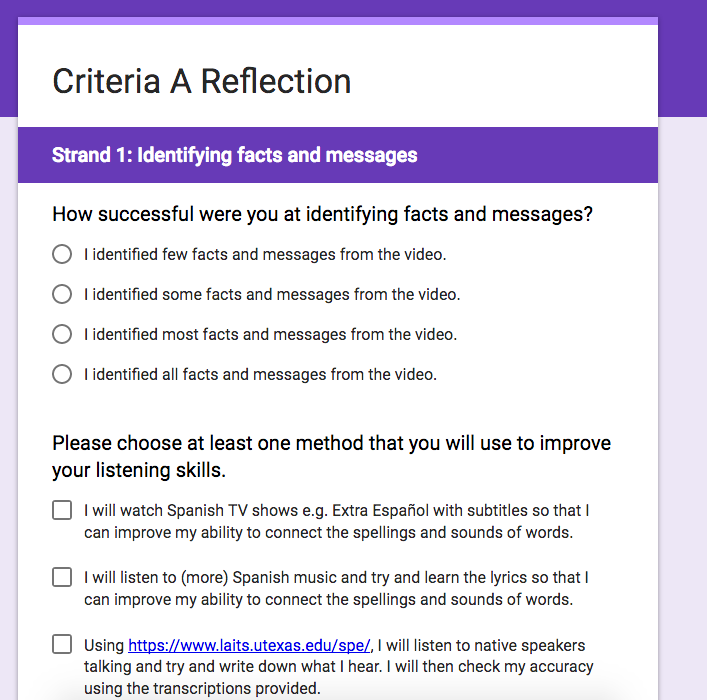
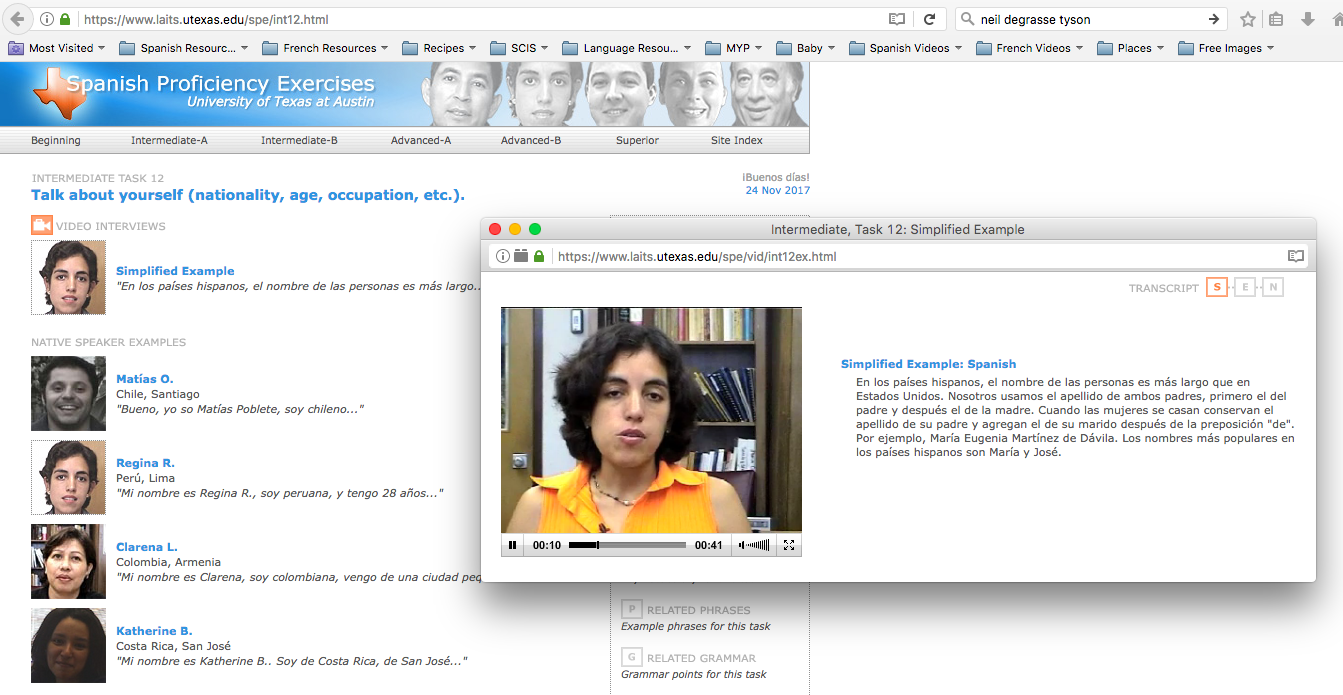

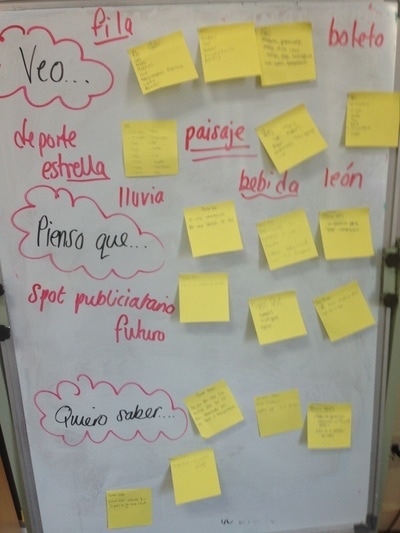

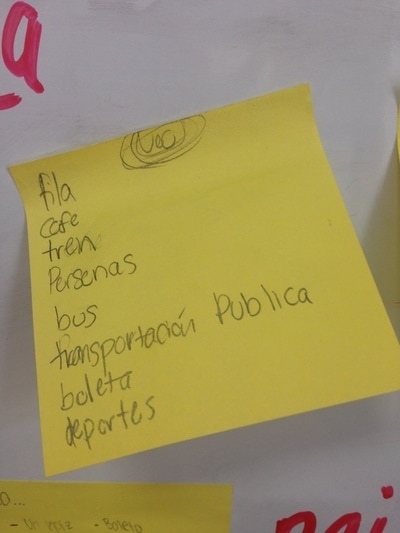
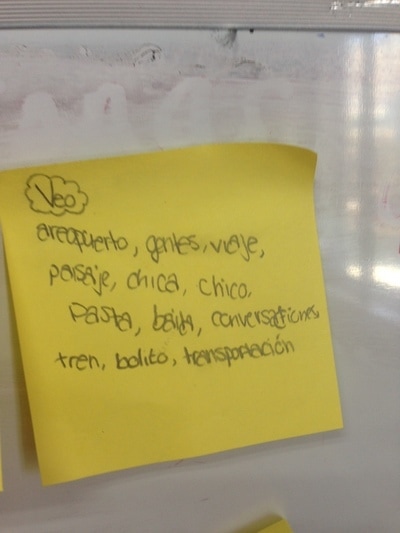
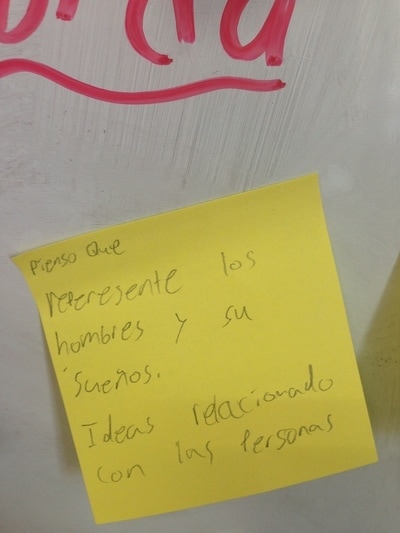
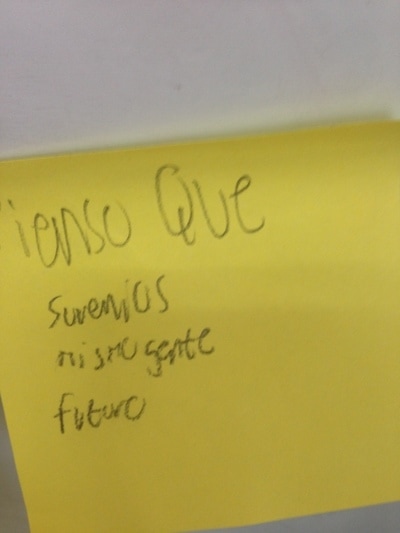
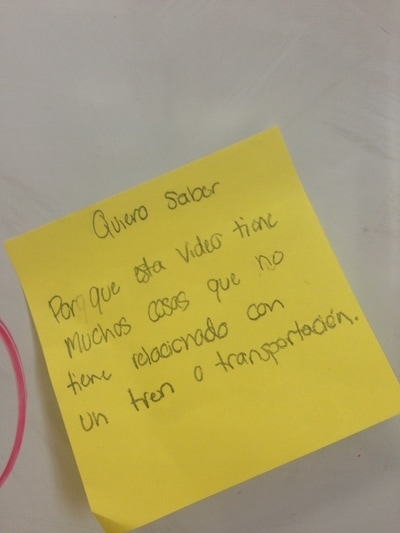
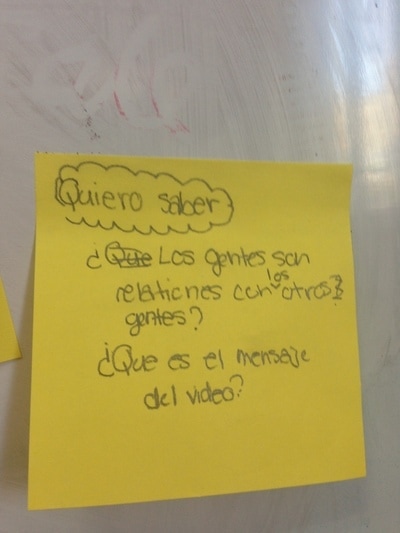
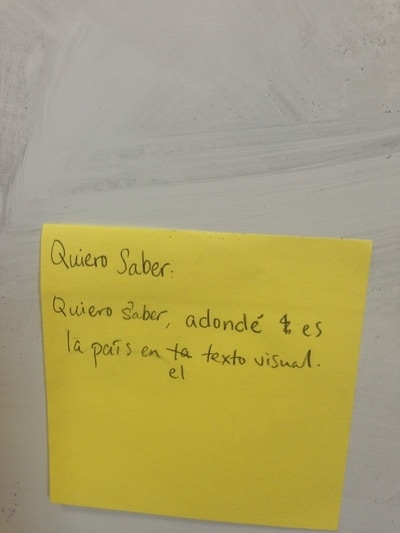
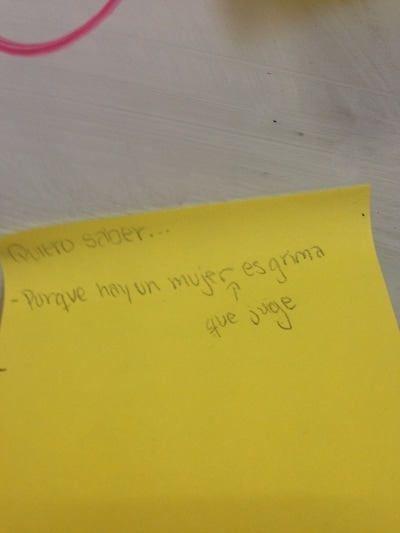

 RSS Feed
RSS Feed